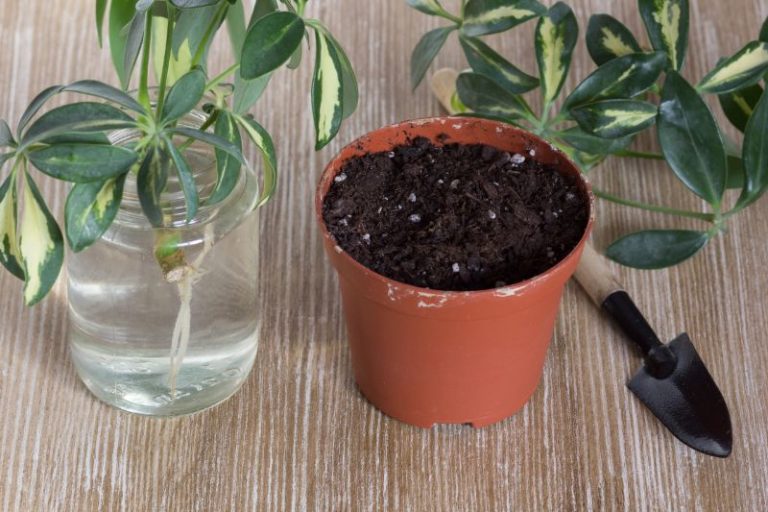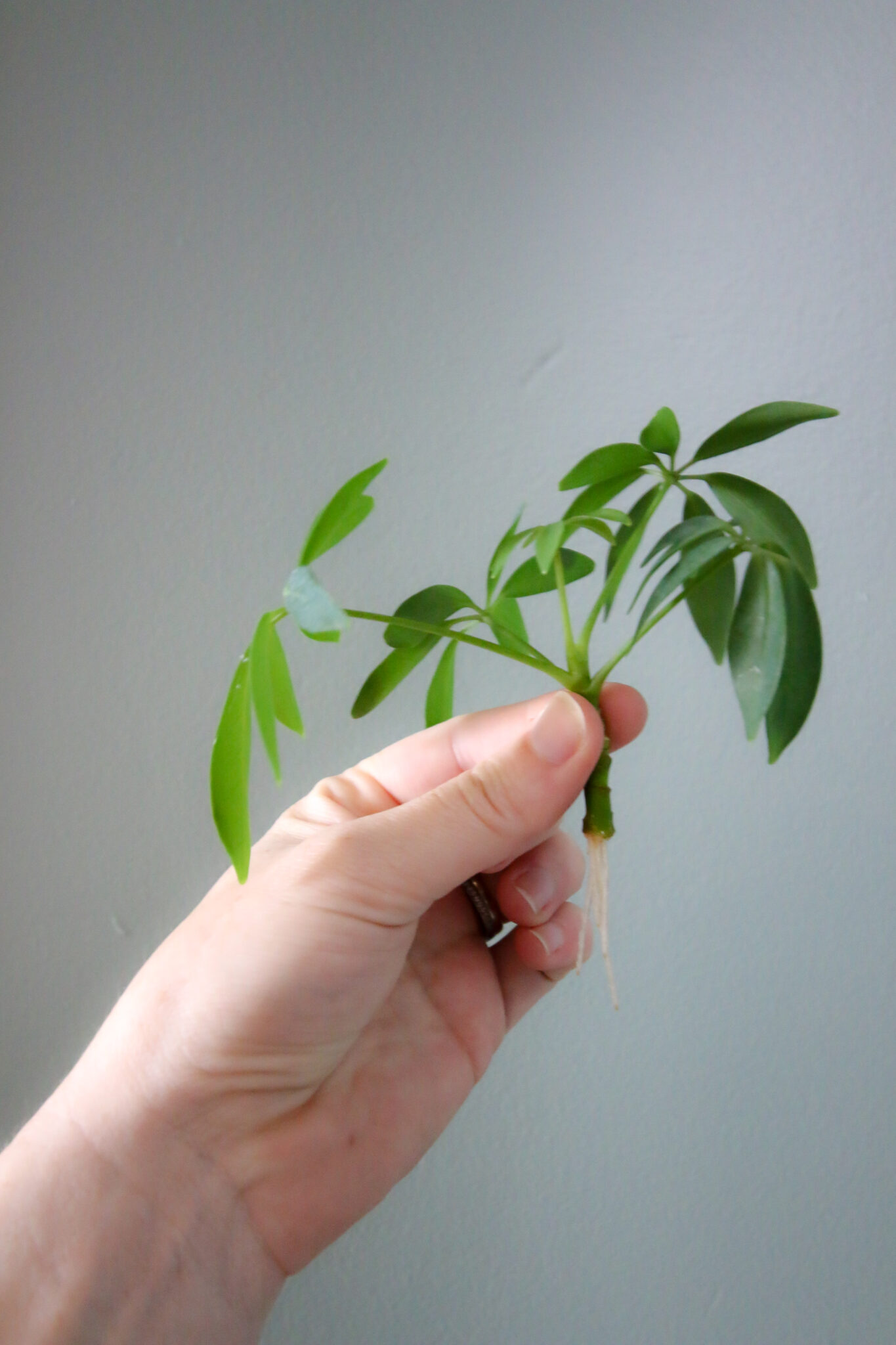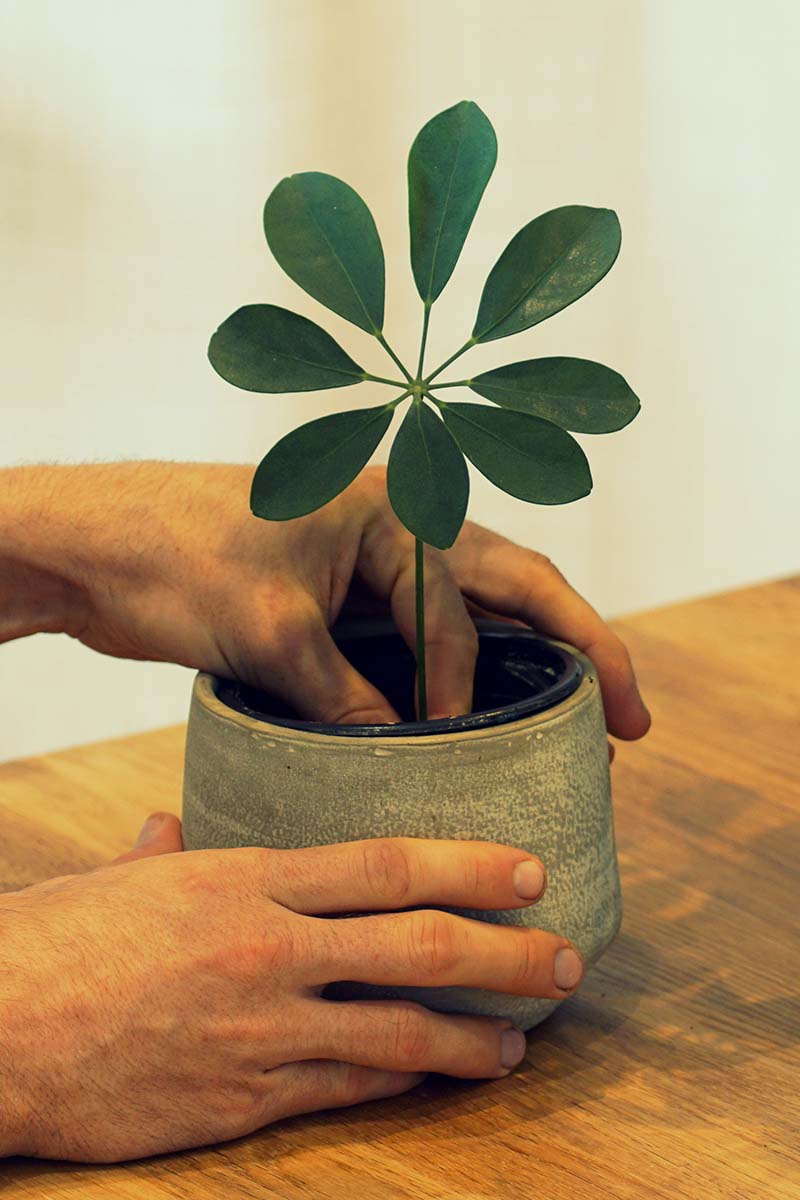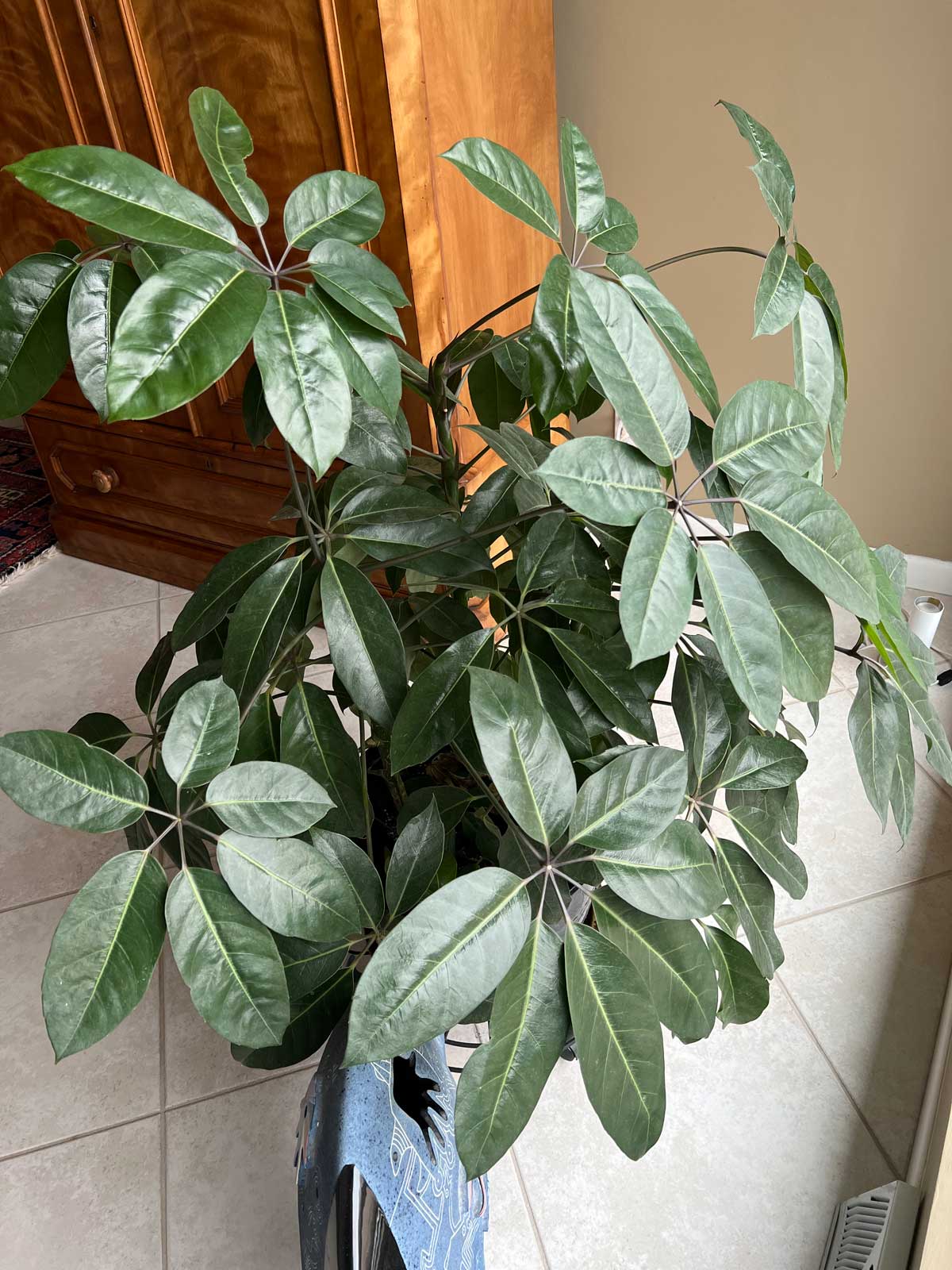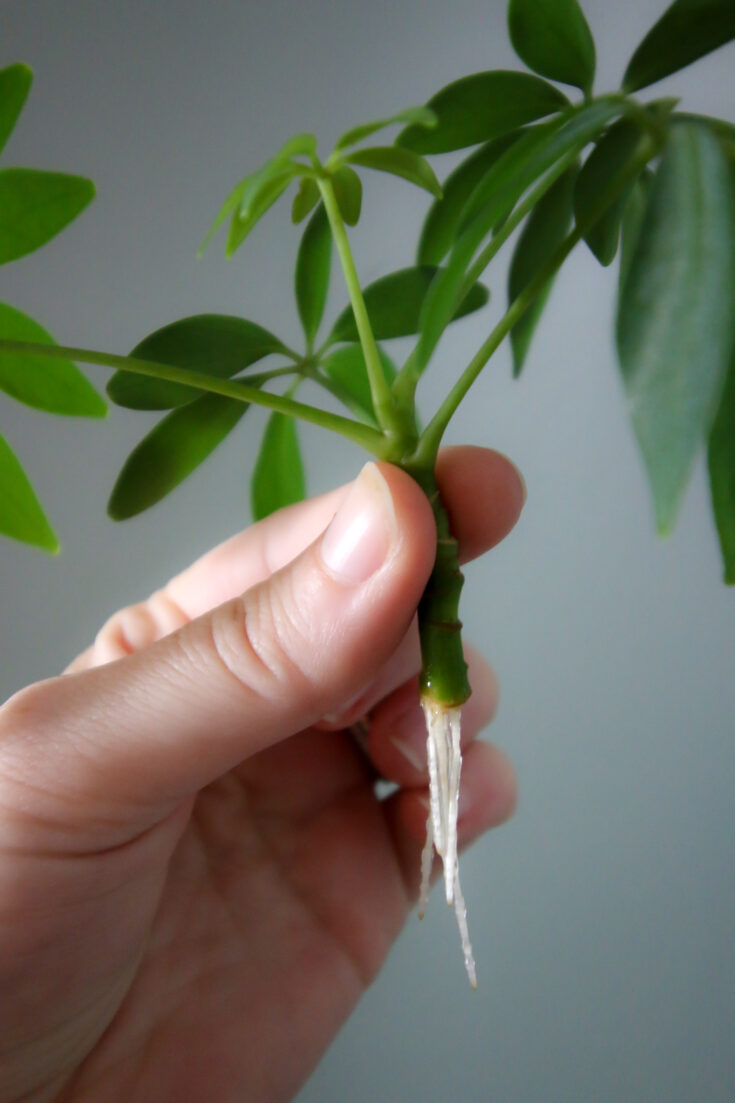Unlocking the Secrets of Umbrella Plant Regeneration
The umbrella plant (Schefflera) has become a staple in many homes due to its elegant, umbrella-like leaves and ability to thrive in a variety of lighting conditions. As a popular houseplant, many enthusiasts are eager to learn how to propagate umbrella plant to share with friends and expand their own collection. Propagation not only allows for the sharing of plants but also enables growers to replace old or damaged plants with new, healthy ones. By mastering the art of Schefflera propagation, growers can enjoy the many benefits of this versatile plant, including air purification, aesthetic appeal, and low-maintenance care.
One of the primary reasons for propagating an umbrella plant is to create new plants that can be shared with others. This can be especially rewarding for those who have a large, healthy plant and want to spread the joy of plant parenthood to friends and family. Additionally, propagation allows growers to replace old or damaged plants with new, healthy ones, ensuring a continuous supply of fresh, vibrant foliage. Whether you’re a seasoned grower or just starting out, learning how to propagate umbrella plant is a valuable skill that can enhance your plant-growing experience.
Before diving into the world of Schefflera propagation, it’s essential to understand the basics of plant regeneration. Plant regeneration is the process by which a plant grows new tissues or organs from existing ones. In the case of the umbrella plant, regeneration can occur through stem cuttings, leaf cuttings, or division. Each method has its pros and cons, and selecting the right approach depends on the grower’s goals, experience, and available resources.
By understanding the basics of plant regeneration and the different methods of Schefflera propagation, growers can unlock the secrets of umbrella plant regeneration and enjoy the many rewards of plant parenthood. Whether you’re looking to share plants with friends, replace old plants, or simply expand your collection, mastering the art of Schefflera propagation is a valuable skill that can enhance your plant-growing experience.
Choosing the Right Method for Your Umbrella Plant
When it comes to propagating an umbrella plant, there are several methods to choose from, each with its own advantages and disadvantages. Understanding the different methods and selecting the best approach for your plant is crucial for successful propagation. In this section, we’ll explore the three main methods for propagating an umbrella plant: stem cuttings, leaf cuttings, and division.
Stem cuttings are a popular method for propagating umbrella plants. This method involves cutting a section of stem from the mother plant and rooting it in soil or water. Stem cuttings are relatively easy to take and can be rooted in a variety of mediums, making them a great option for beginners. However, stem cuttings can be more susceptible to root rot and may require more maintenance than other methods.
Leaf cuttings are another method for propagating umbrella plants. This method involves cutting a leaf from the mother plant and rooting it in soil or water. Leaf cuttings are a great option for plants with large, healthy leaves, but may not be as effective for plants with smaller leaves. Additionally, leaf cuttings can be more prone to fungal diseases and may require more care than stem cuttings.
Division is a method of propagation that involves separating the roots of the mother plant and replanting the separated sections. This method is ideal for plants that have outgrown their containers or are showing signs of decline. Division can be a more challenging method, as it requires careful handling of the roots to avoid damaging the plant. However, division can be a great way to rejuvenate an old plant and create new, healthy plants.
When choosing a method for propagating your umbrella plant, consider the health and size of the plant, as well as your own level of experience and expertise. By selecting the right method for your plant, you can increase your chances of successful propagation and enjoy the rewards of growing new, healthy plants. Whether you’re looking to share plants with friends or expand your own collection, mastering the art of umbrella plant propagation is a valuable skill that can enhance your plant-growing experience.
Preparing Your Umbrella Plant for Propagation
Before you can start propagating your umbrella plant, you need to prepare it for the process. This involves pruning, cleaning, and preparing the necessary materials. Proper preparation is crucial for successful propagation, as it ensures that your plant is healthy and ready for the process.
Start by pruning your umbrella plant to encourage new growth and promote healthy stems. Remove any dead or damaged leaves or stems, and cut back any leggy growth to encourage bushy growth. This will help your plant to focus its energy on producing new growth, which will be essential for propagation.
Next, clean your umbrella plant thoroughly to remove any dirt, dust, or pests that may be present. Use a soft-bristled brush or a damp cloth to gently remove any debris from the leaves and stems. This will help to prevent the spread of disease and ensure that your plant is healthy and free of pests.
Once your plant is pruned and cleaned, you can start preparing the necessary materials for propagation. You will need a sharp, sterile knife or pruning tool, a pot or container filled with a well-draining rooting medium, and a clear plastic bag or cloche to cover the pot. You may also want to use a rooting hormone to help stimulate root growth and increase the chances of successful propagation.
When preparing your materials, make sure to sterilize your knife or pruning tool to prevent the spread of disease. You can do this by dipping the tool in a solution of one part bleach to nine parts water. This will help to kill any bacteria or fungi that may be present on the tool.
By following these steps, you can ensure that your umbrella plant is properly prepared for propagation. This will help to increase the chances of successful propagation and give you the best possible start for growing new, healthy plants.
How to Take Successful Stem Cuttings from Your Umbrella Plant
When it comes to propagating an umbrella plant, taking successful stem cuttings is a crucial step. Stem cuttings are a popular method for propagating umbrella plants, and with the right techniques, you can increase your chances of success. In this section, we’ll explore the best time of year to take stem cuttings, the ideal cutting length, and how to remove lower leaves.
The best time to take stem cuttings from your umbrella plant is during the spring or summer months when the plant is actively growing. This is because the plant is producing new growth, and the stems are more likely to root successfully. Avoid taking cuttings during the fall or winter months when the plant is dormant, as this can reduce the chances of successful propagation.
When taking stem cuttings, it’s essential to choose healthy, vigorous stems with at least two nodes. Nodes are the joints where the leaves meet the stem, and they are the points where roots are most likely to form. Cut the stem just above a node, using a sharp, sterile knife or pruning tool. Make the cut at a 45-degree angle, and remove any lower leaves that will be below the soil surface.
The ideal cutting length for umbrella plant stem cuttings is between 4-6 inches. This length allows for enough stem to root successfully, while also preventing the cutting from becoming too leggy. Remove any lower leaves that will be below the soil surface, as these can rot and reduce the chances of successful propagation.
Once you have taken your stem cuttings, you can plant them in a well-draining rooting medium, such as a mix of peat moss and perlite. Water the cuttings thoroughly, and provide bright, indirect light. Keep the soil consistently moist but not waterlogged, and roots should begin to form within 1-2 weeks.
By following these tips, you can increase your chances of taking successful stem cuttings from your umbrella plant. Remember to choose healthy stems, cut at the right angle, and remove lower leaves to promote successful rooting.
Rooting Your Umbrella Plant Cuttings with Ease
Once you have taken your stem cuttings, it’s time to root them. Rooting is a critical step in the propagation process, and it requires the right conditions to succeed. In this section, we’ll explore the process of rooting your umbrella plant cuttings, including the use of rooting hormone, water, and soil.
Rooting hormone is a substance that stimulates root growth and increases the chances of successful propagation. It can be applied to the cut end of the stem cutting, and it helps to promote root development. There are different types of rooting hormone available, including liquid, powder, and gel forms. Choose a rooting hormone that is specifically designed for use with stem cuttings, and follow the instructions on the label for application.
Water is also essential for rooting your umbrella plant cuttings. Make sure to water the cuttings thoroughly after planting, and keep the soil consistently moist but not waterlogged. Overwatering can lead to root rot, which can be fatal to the cutting. Underwatering, on the other hand, can cause the cutting to dry out and fail to root.
Soil is another critical factor in rooting your umbrella plant cuttings. Choose a well-draining potting mix that is specifically designed for use with stem cuttings. Avoid using regular potting soil, as it can retain too much water and cause root rot. A good potting mix should contain a mix of peat moss, perlite, and vermiculite, which will help to retain moisture but also provide good drainage.
To root your umbrella plant cuttings, plant them in the potting mix, and water thoroughly. Provide bright, indirect light, and maintain a consistent temperature between 65-75°F (18-24°C). Roots should begin to form within 1-2 weeks, and you can start to see new growth within 2-3 weeks.
By following these tips, you can increase your chances of successfully rooting your umbrella plant cuttings. Remember to use rooting hormone, water thoroughly, and provide the right conditions for rooting to occur.
Dividing Your Umbrella Plant for Propagation
Dividing your umbrella plant is a great way to propagate new plants, especially if you have a mature plant that has outgrown its container. This method involves carefully separating the roots of the plant and replanting the divisions. In this section, we’ll explore the process of dividing your umbrella plant for propagation.
To divide your umbrella plant, start by removing the plant from its container and gently washing the roots to remove any soil. This will help you to see the roots more clearly and make it easier to separate them. Use a sharp, sterile knife or pruning tool to carefully separate the roots, making sure to leave at least one growing stem and some roots on each division.
Once you have separated the roots, you can replant the divisions in a new container filled with a well-draining potting mix. Water the divisions thoroughly, and provide bright, indirect light. Keep the soil consistently moist but not waterlogged, and roots should begin to form within 1-2 weeks.
When dividing your umbrella plant, it’s essential to be careful not to damage the roots or the growing stems. This can cause the plant to become stressed, which can lead to disease or pest problems. Make sure to handle the roots and stems gently, and avoid exposing them to extreme temperatures or light.
Dividing your umbrella plant is a great way to propagate new plants, and it can be a fun and rewarding experience. By following these steps, you can successfully divide your umbrella plant and enjoy the rewards of your propagation efforts.
Some things to keep in mind when dividing your umbrella plant include making sure each division has at least one growing stem and some roots, and avoiding over-handling the roots and stems. With a little care and attention, you can successfully divide your umbrella plant and enjoy the benefits of propagation.
Troubleshooting Common Issues with Umbrella Plant Propagation
While propagating an umbrella plant can be a rewarding experience, it’s not without its challenges. In this section, we’ll address some common issues that may arise during umbrella plant propagation, including root rot, leaf drop, and slow growth. We’ll also offer solutions and advice on how to overcome these challenges.
Root rot is a common issue that can occur when propagating an umbrella plant. This is often caused by overwatering, which can lead to the roots becoming waterlogged and rotting. To prevent root rot, make sure to water your cuttings sparingly and avoid getting water on the leaves or crown of the plant. If you do notice root rot, remove the affected roots and treat the plant with a fungicide.
Leaf drop is another common issue that can occur during umbrella plant propagation. This can be caused by a variety of factors, including underwatering, overwatering, or exposure to extreme temperatures. To prevent leaf drop, make sure to water your cuttings regularly and provide bright, indirect light. If you do notice leaf drop, adjust your watering schedule and provide more light to the plant.
Slow growth is a common issue that can occur when propagating an umbrella plant. This can be caused by a variety of factors, including lack of light, inadequate watering, or poor soil quality. To promote healthy growth, make sure to provide bright, indirect light and water your cuttings regularly. You can also fertilize your plant with a balanced fertilizer to promote healthy growth.
By being aware of these common issues and taking steps to prevent them, you can increase your chances of success when propagating an umbrella plant. Remember to monitor your plants closely and take action quickly if you notice any problems.
Some other common issues that may arise during umbrella plant propagation include pests, diseases, and nutrient deficiencies. To prevent pests, make sure to inspect your plants regularly and treat any infestations promptly. To prevent diseases, make sure to provide good air circulation and avoid overwatering. To prevent nutrient deficiencies, make sure to fertilize your plant regularly with a balanced fertilizer.
Enjoying the Fruits of Your Labor: Caring for Your New Umbrella Plants
Congratulations You have successfully propagated your umbrella plant and now have new, healthy plants to enjoy. In this final section, we’ll provide guidance on how to care for your newly propagated umbrella plants, including lighting, watering, and fertilization.
Lighting is an essential factor in the care of your umbrella plant. These plants prefer bright, indirect light, but can tolerate low light conditions. Avoid placing your umbrella plant in direct sunlight, as this can cause the leaves to become scorched. East- or west-facing windows are ideal for umbrella plants.
Watering is also crucial for the health of your umbrella plant. Water your plant thoroughly, allowing the soil to dry slightly between waterings. Avoid overwatering, as this can lead to root rot and other problems. Check the soil moisture by sticking your finger into the soil up to the first knuckle. If the soil feels dry, it’s time to water.
Fertilization is also important for the health and growth of your umbrella plant. Use a balanced, water-soluble fertilizer to feed your plant. Dilute the fertilizer to half the recommended strength to avoid burning the roots. Apply the fertilizer once a month, taking care to avoid getting any on the leaves or crown of the plant.
By following these care guidelines, you can enjoy the rewards of your propagation efforts and keep your new umbrella plants healthy and thriving. Remember to monitor your plants closely and take action quickly if you notice any problems.
With proper care and attention, your umbrella plants will provide you with years of enjoyment and beauty. Whether you’re a seasoned gardener or just starting out, propagating an umbrella plant is a fun and rewarding experience that can add a new dimension to your plant collection.


